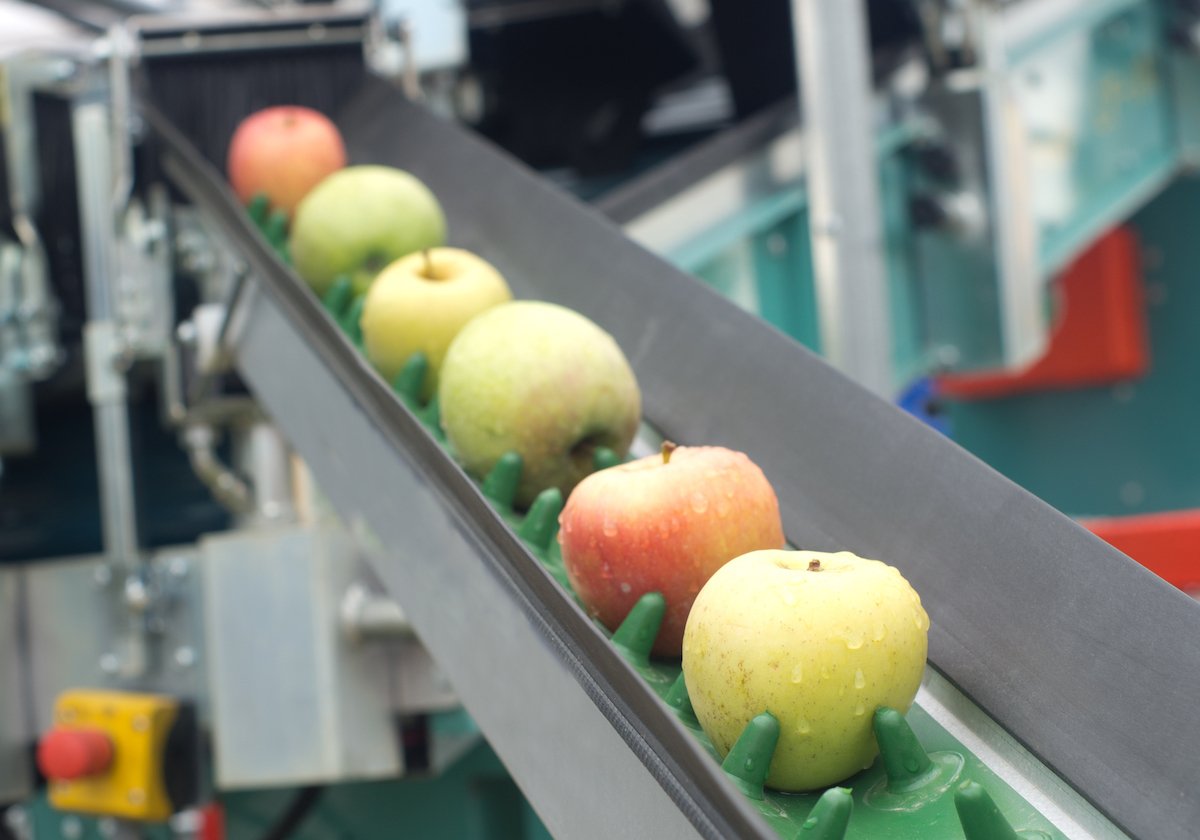
Water plays a critically important role in the food and beverage industry as clean water ensures that the products we consume are healthy (and taste good!). On the other hand, when contaminated water is used in the food and beverage manufacturing process, products can’t be sold to the public, and all the money invested to produce the associated batches is wasted. In the event that a contaminated item ends up slipping out into the market, consumers can get sick—resulting in bad press, lawsuits, unhappy customers, and decreased profitability. In a worst-case scenario, such an event may even force a business to close its doors for good.
![[FREE GUIDE FOR DISTRIBUTORS] A Complete Guide to the Jenco Product Line: How to Sell, Market, and Be Successful](https://no-cache.hubspot.com/cta/default/2136035/80bf53b8-43b9-4ad3-9946-bce0a8e4beb4.png)
Before we explore exactly what food and beverage manufacturers can do to ensure the water they use is free of contaminants, let’s take a look at the driving forces behind the water quality standards in the food and beverage industry.
Who sets the water quality standards in the food and beverage industry?
In the United States, the Food and Drug Administration (FDA) and the Environmental Protection Agency (EPA) set guidelines and standards that food and beverage manufacturers must comply with to avoid penalties. While the FDA regulates bottled water and water used in food processing, the EPA is responsible for overseeing tap water.
The FDA’s guidelines for water require that manufacturers ensure bottles are processed, stored, and transported in sanitary conditions; water is free of bacteria and other contaminants; quality-control processes are used to ensure the biological and chemical safety of water; and both source water and the final product are tested for contaminants.
Similarly, the EPA has a slate of guidelines that public water systems are expected to follow. In the past, testing water and maintaining water quality standards were often laborious, expensive, time-consuming endeavors. However, thanks to the evolution of technology, there are now several tools on the market that make compliance easy and affordable.
What tools are needed to measure and maintain water quality?
Ensuring compliance with these guidelines requires a comprehensive approach that includes testing several different water characteristics. For example, let’s imagine a beverage manufacturer makes several varieties of drinks, including tea-based beverages and carbonated drinks.
Tea drinks generally have a pH level between 6-7.5, and carbonated drinks usually measure between 2-4 pH. To ensure that these beverages comply with FDA regulations, beverage manufacturers need to monitor pH levels of both kinds of drinks in real time to ensure pH levels are hovering in the correct range. This task can easily be accomplished with a modern pH meter.
There are several meters that food and beverage manufacturers can use to ensure their products are free of contaminants, including:
- Inline meters, which test pH, ORP, dissolved oxygen, TDS, turbidity and temperature levels, can be installed directly on the manufacturing line and used to remotely monitor water quality in a continuous manner. Data is automatically relayed back to a central system to ensure that managers have access to up-to-date information at all times. These tools can be used in conjunction with pumps that automatically adjust pH levels. They can also be connected to alarms that notify managers of any potential problems.
- Portable testers and meters—which testpH, ORP, dissolved oxygen, TDS, turbidity and temperature levels—provide functionality similar to inline meters, except portables aren’t attached to the containers used in manufacturing. Customers can use these instruments to take spot readings across their facilities. They can pair portable testers with sharp glass electrodes to get accurate readings on meat, cheese, and other dense foods, too.
- Benchtop meters are used in laboratory settings to test pH, mV, and temperature levels. These instruments give extremely precise readings. In most cases, benchtop meters are used with glass electrodes because they’re easy to clean and can be used to get readings in both liquids and semisolid substances.
With the right instruments in place, food and beverage manufacturers can rest comfortably, knowing that their products are free of contaminants—and, by extension, their customers are delighted.
Drop us a line to learn more about how Jenco’s water quality meters and testers can help customers like yours ensure water quality compliance so they can continue to deliver satisfying and tasty treats and drinks to their customers.
We look forward to hearing from you!

Comments